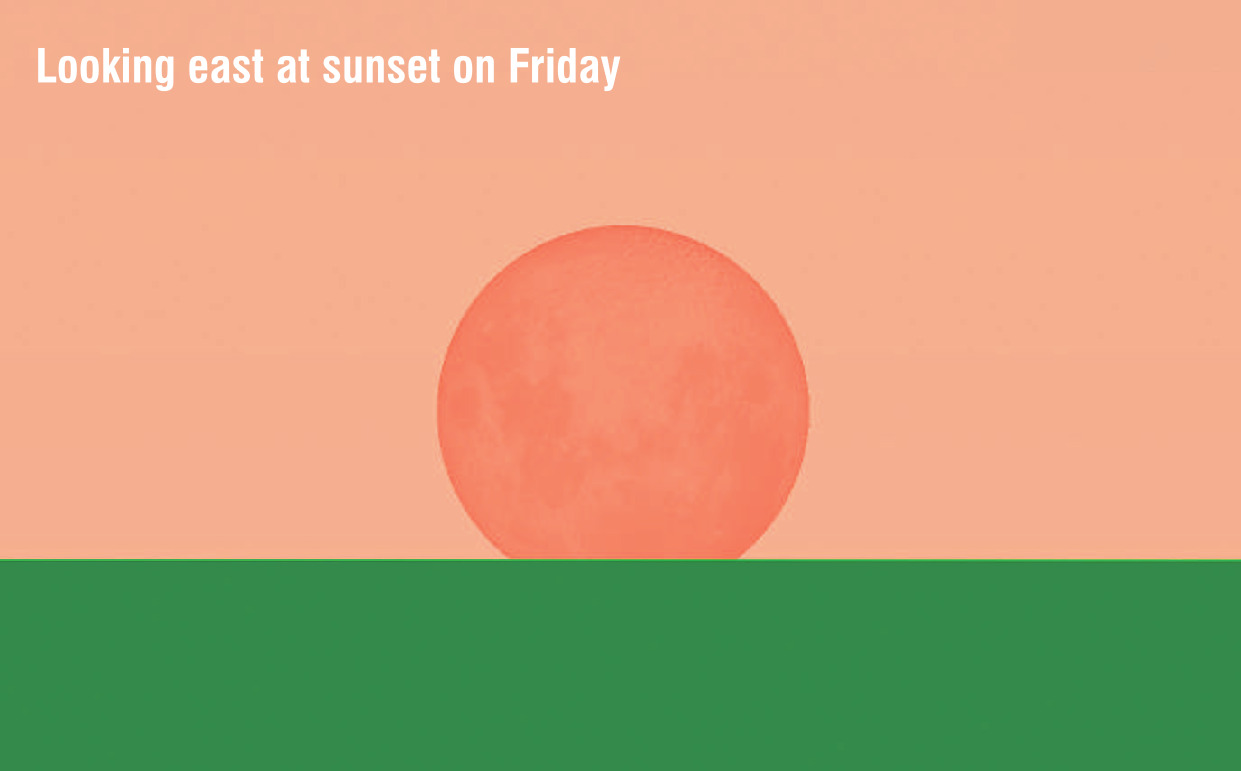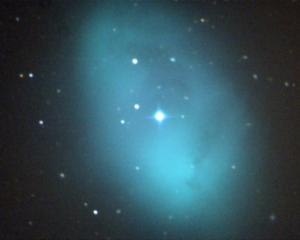
But before you get too excited, let me warn you - this might be one of the most frustratingly elusive eclipses we’ve seen. By the time the moon peeks above the horizon, it will already be wholly submerged in Earth’s shadow, meaning it could be as invisible as your car keys when you’re running late for work.

If you manage to glimpse the moon, don’t be surprised if it looks oddly squashed, stretched, or even wobbly. This isn’t an optical illusion caused by too many ales; it’s atmospheric refraction at work, distorting the moon’s shape as its light struggles through the thickest part of Earth’s atmosphere. It’s a bit like watching a Weet-Bix slowly dissolve in milk - still there, but not quite as it should be.
What is your best bet for catching the eclipse?
Head somewhere with an unobstructed view to the east - the ocean-facing side of the Otago Peninsula. Pukekura/Taiaroa Head, Sandfly Bay, or a well-positioned balcony in St Clair could give you a fighting chance.
The further inland, the harder it will be to see before the total phase of the eclipse ends at 8.31pm.
But wait, there’s more! March is aurora season, thanks to the Russell-McPherron effect, which sounds like a 1970s folk duo but is a geomagnetic phenomenon that gives us a slightly higher chance of Southern Lights around the equinox.
If the sun obliges us with some solar mischief, we might get a faint auroral glow in the south after dark. It’s not a sure thing, but neither is the weather in Dunedin.
So, while this might not be the most spectacular eclipse ever, it’s still worth a look - if only for the challenge of spotting an elusive moon. You can always console yourself with a cold one and the possibility of aurora later on.












